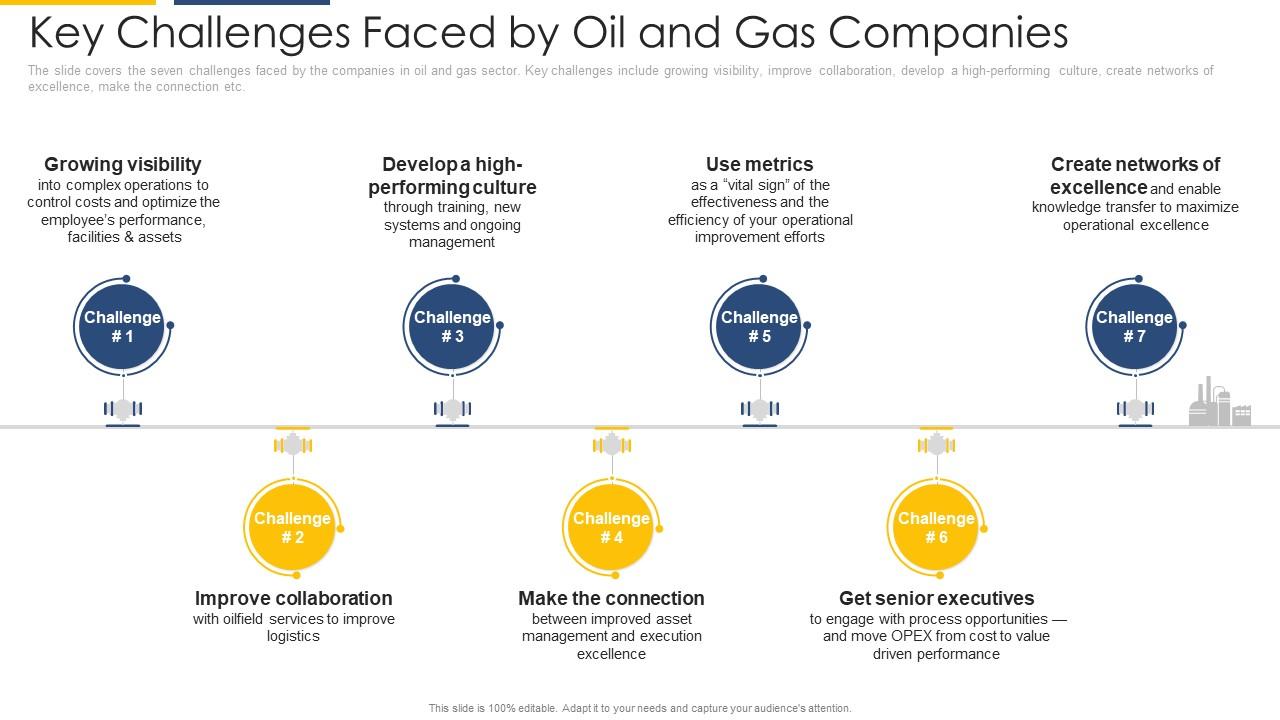Can oil and gas solve the AI power dilemma? | Utility Dive
The convergence between oil, technology, and utilities reflects a profound structural shift — energy and computing are no longer parallel industries but mutually dependent pillars of modern innovation. The promise, peril, and possibilities of artificial intelligence continue to capture the cultural and business zeitgeist worldwide. Hardly a conference or long-form interview can be held these days without a panelist or pundit commenting on the technology's implications for their profession. Yet despite being the hottest topic in every circle, AI’s ultimate challenge isn’t technological but physical. After years of breathless speculation and prediction, the issue remains the same: AI needs more energy.
The Challenge for Oil and Gas Industry
Amidst this backdrop, the oil and gas industry faces a similarly fundamental challenge: a shifting production frontier and evolving path to continued growth. After a decade of efficiency-driven growth, the era of easy barrels is waning. Diamondback Energy CEO Travis Stice captured the new reality in a recent letter, warning of the increasingly dim prospects for expanding production amid geological constraints and rising costs. Other energy majors have issued similar cautions, a sharp departure from the boom years of the shale revolution when abundant, low-cost reserves, followed by shareholder-focused production, made the industry a market favorite.
Now, with resource intensity rising, global volatility accelerating, and economic conditions tightening, the industry is under pressure to find its next value horizon. That horizon may be converging with AI. The pairing makes increasing sense. While initially circling one another warily, major players in energy and technology have become increasingly intertwined.

The Role of Natural Gas
Now, with resource intensity rising, global volatility accelerating, and economic conditions tightening, the industry is under pressure to find its next value horizon.
Which brings us to the topic of natural gas. Few would dispute that a diverse portfolio of renewables, firm power, storage, nuclear, and emerging technologies must meet long-term AI energy needs. Without a tectonic shift, an “all of the above” solution is no longer the political reality.

Natural gas is abundant, dispatchable, and backed by a sector with proven experience in infrastructure delivery, supply chain integration, and stakeholder engagement. Despite its controversies, natural gas offers a workable solution for technology companies racing to deploy AI capabilities and energy companies looking to maintain shareholder value amidst a transitional time in the sector.
Collaboration for a Sustainable Future
This convergence between oil, technology, and ultimately, utilities isn’t simply a tactical alignment of convenience; instead, there’s a more profound structural shift — energy and compute are no longer parallel industries but mutually dependent pillars of modern innovation. The moment demands coordination and innovation, not competition. Only with pragmatic collaboration between energy developers of all kinds, grid operators, and the communities where they operate, can we build an energy strategy as dynamic as the technology it supports. The future of AI won’t be decided by what’s possible in silicon but by what’s deliverable in steel, concrete, and kilowatt-hours.



















